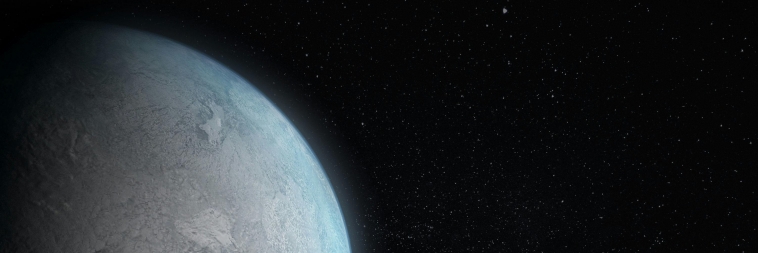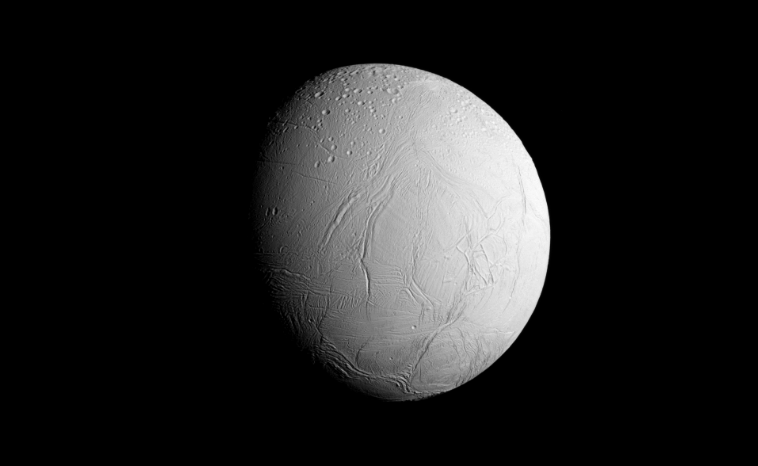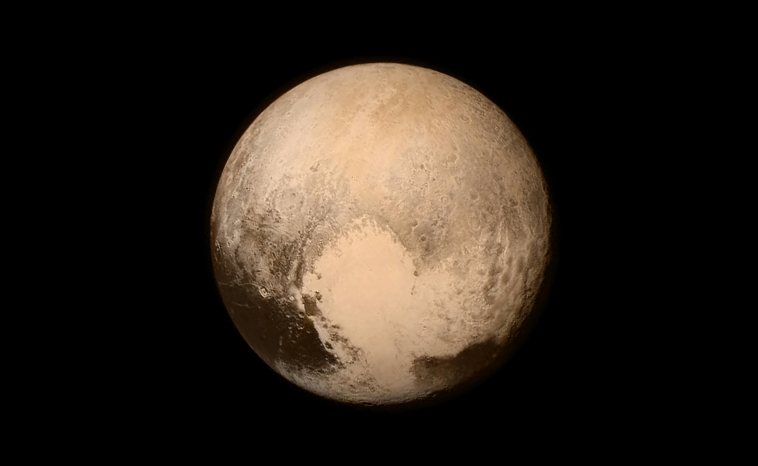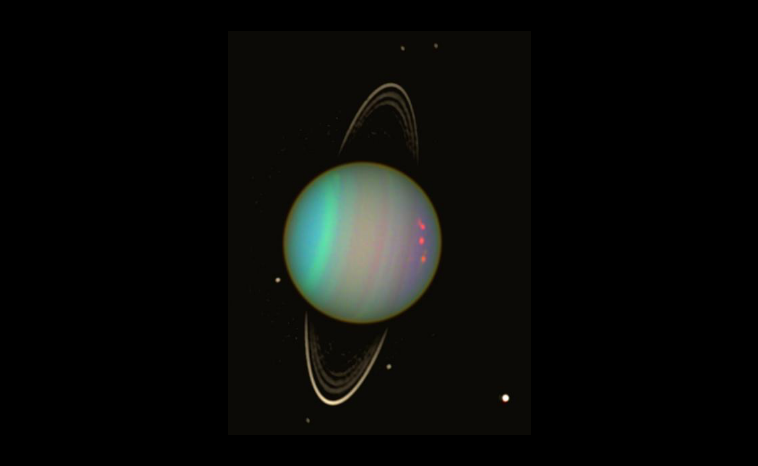The Coldest Places in Our Solar System

Discover the coldest places in our solar system! From icy moons to frigid planets, explore the chilling wonders of space and their extreme temperatures.
Have you ever wondered just how cold it can get in the vast reaches of our solar system? While Earth has its share of chilly spots, they pale in comparison to the frigid extremes found elsewhere. In this article, we’ll traverse the outer edges of our cosmic neighbourhood to uncover the coldest places in our solar system. By the end of this read, you’ll have a newfound appreciation for Earth’s temperate zones and perhaps a shiver down your spine!
Coldest Places in Our Solar System: Uranus – The Coldest Planet
Nestled far from the sun, Uranus claims the title of the coldest planet in our solar system. In this distant world, minimum atmospheric temperatures plunge to as little as -224 degrees Celsius (-372 degrees Fahrenheit).
Now, even the most novice astronomer will probably have a pretty fair question here: isn’t there an even more distant planet in our solar system? Don’t worry; we haven’t forgotten about Neptune! But despite its greater distance from the sun, Neptune surprisingly exceeds Uranus in recorded temperatures. This chilliness results from Uranus’s unique axial tilt and minimal internal heat, leading to a more uniform—but frigid—climate.
Uranus is what we call an ice giant, with an atmosphere primarily composed of hydrogen, helium, and a smattering of methane, which is where it gets its famous blue-green hue.
Once considered the ninth planet of our solar system, Pluto has always fascinated astronomers. This dwarf planet, located in the Kuiper Belt, boasts surface temperatures that can plummet to a bone-chilling -229°C (-380°F).
Coldest Places in Our Solar System: Moons of the Gas Giants

National Aeronautics and Space Administration (NASA) / Jet Propulsion Laboratory (JPL), Public domain, via Wikimedia Commons
National Aeronautics and Space Administration (NASA) / Jet Propulsion Laboratory (JPL), Public domain, via Wikimedia CommonsJupiter, Saturn, Uranus, and Neptune certainly boast their fair share of moons. In fact, at last count, the four planets had 285 between them! Some of these moons are fairly massive, fascinating worlds with unique characteristics, like Titan. Saturn’s largest moon, Titan, is also the only moon in our solar system that we know has a more dense atmosphere than the one we enjoy here on Earth – and the only other place in our solar system that we know for sure has liquid on its surface.
But as interesting as some of these satellites are, many of them are also extraordinarily cold and icy worlds! Let’s explore a few of these frosty satellites:
Europa (Jupiter’s moon)
- Surface Temperature: Approximately -160°C (-260°F).
Europa is encased by an icy crust that scientists estimate is between 10 – 15 kilometres thick. But beneath this crust, the moon might be hiding a vast subsurface ocean. Kept warm by tidal heating from Jupiter’s gravitational pull, this potential ocean makes Europa a prime candidate in the search for extraterrestrial life. In fact, scientists think this ocean could contain more than twice the amount of water we have on Earth, possibly offering excellent conditions for life to exist.
Enceladus (Saturn’s moon)
- Surface Temperature: Around -198°C (-324°F).
Enceladus’ claim to fame is its spectacular geysers, which shoot water vapor and ice particles far into space. The material that these geysers eject forms part of Saturn’s rings. But more importantly, they indicate that, just like Europa, Enceladus might have its very own subsurface ocean.
The plumes of water vapor contain a cocktail of organic compounds that lead scientists to believe Enceladus may have the necessary ingredients for life beneath its icy shell. Even more fascinating is the presence of trace amounts of methane in these plumes. That could indicate that Enceladus isn’t just habitable – some form of life might already be living there!
Triton (Neptune’s moon)
- Surface Temperature: A frigid -235°C (-391°F).
If you’re looking for moons with quirky features, Triton should be pretty high on your list! Neptune’s largest moon, Triton, is one of the most geologically active places in our solar system. What’s more, it’s the only large moon in our solar system with a retrograde orbit—meaning it rotates in the opposite direction to the planet it orbits. This probably means that Neptune captured Triton with its gravitational pull.
Among Triton’s interesting geological features are its geysers. But unlike the water vapor-rich plumes of Enceladus, these ones erupt nitrogen gas. They shoot material high into the moon’s thin atmosphere, contributing to its eerie, frozen landscape. Back on solid ground, Triton’s surface is dotted with large ice plains and dark streaks, possibly made of organic materials or other complex compounds.
Coldest Places in Our Solar System: Beyond the Planets

Pluto
Once the ninth planet of our solar system (and still the ninth planet in the eyes of some!), Pluto has always fascinated astronomers. A dwarf planet located in the Kuiper Belt, it has surface temperatures that can plummet to a bone-chilling -229°C (-380°F).
At an average distance of about 5.9 billion kilometres from the Sun, Pluto hangs out in the far reaches of our solar system. This vast distance means it only receives a tiny fraction of the solar energy that Earth does. And that means much colder temperatures and a dimmer environment.
Pluto’s atmosphere is mostly composed of nitrogen, with traces of methane and carbon monoxide. This composition creates a very thin atmosphere that doesn’t retain heat very effectively. As a result, temperatures on Pluto can plummet to extreme lows. What’s more, the resulting thin atmosphere also means that any atmospheric phenomena, like clouds or weather patterns, are minimal compared to what we experience on Earth.
The Kuiper Belt
Speaking of Pluto, how about the galactic neighbourhood it lives in? Beyond Neptune lies the Kuiper Belt, a region filled with icy bodies and dwarf planets, including our old friend Pluto. And just like Pluto, this region feels something like a cosmic freezer, with temperatures averaging around -220°C (-364°F).
Besides Pluto, the Kuiper Belt is also home to some other fascinating dwarf planets. This includes Eris, which is even more massive than Pluto; Haumea, known for its unique elongated shape and fast rotation; and Makemake, which features a bright surface and potentially has an atmosphere.
The Oort Cloud
If the Kuiper Belt is a cosmic freezer, then the Oort Cloud is more like a cryogenic chamber! Surrounding the outskirts of the solar system at distances ranging from 2,000 to 100,000 astronomical units (AU) from the Sun, the Oort Cloud features some pretty harsh temperatures, dropping to an almost unimaginable -273°C (-459°F).
The Oort Cloud is thought to be where most of the long-period comets that make their way into the inner solar system come from. In fact, this distant region could be home to a huge number of icy bodies and debris left over from the formation of the solar system.
Despite being crucial to understanding the dynamics of our solar system, we haven’t made any direct observations of the Oort Cloud just yet. We can only infer its existence from the trajectories of comets and the gravitational influences it exerts. But as technology advances, one day, we’ll hopefully have the capability to observe and even explore the Oort Cloud directly.
Final Thoughts on the Coldest Places in Our Solar System

The coldest places in our solar system go some way toward demonstrating just how varied conditions really can be in our neck of the galactic woods. Of course, they remind us how stark space can be. But more importantly, they also bring home just how precious Earth really is. With characteristics unlike anywhere else in our Solar System, our home world is truly a unique wonder!
If you want to discover the wonders of the solar system and beyond for yourself, why not try out our incredible Fly Me to the Stars VR app? Immerse yourself in an extraordinary journey through cosmic landscapes, where you can explore distant planets and galaxies, and even travel to your own named star, Download the app for iOS or Android today!


